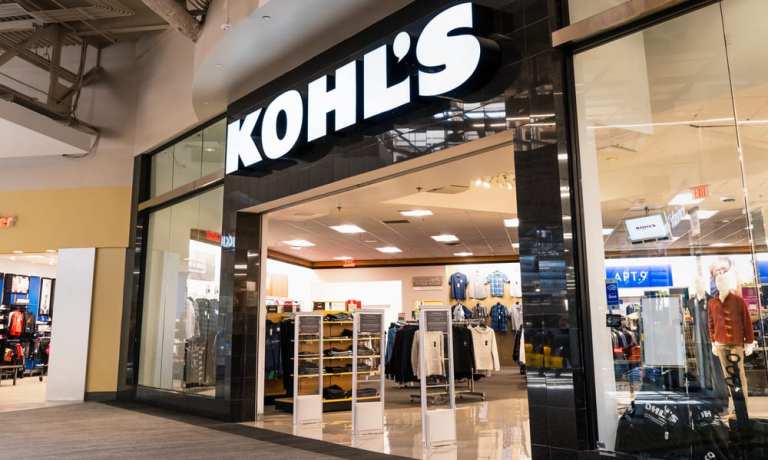
With the second-largest U.S. department store chain now officially in play thanks to the familiar-sounding demands of activist investor Engine Capital to spin off Kohl’s digital assets from its core physical stores — or sell the company outright — the ongoing shift to omnichannel retailing is once again being put on trial.
While there is no question that eCommerce businesses are generally growing faster and therefore more valuable than traditional retailers, that is hardly new insight — and it’s exactly why Amazon is worth $1.7 trillion, or about 4.5 times as much as Walmart’s $380 billion valuation.
But while Wall Street’s sum-of-the-parts value-extraction exercises can easily show higher returns on paper — as has already been done this year with the spin-off of Saks and last month’s bid by Alix Partners to do the same with Macy’s — for those on the front lines whose job it is to actually source desirable goods and garments, display them on shelves and websites, and get them into consumers’ hands, the split-up math is nice, but usually derided as short-sighted.
Also see: Saks.com to Be ‘Separate but Related Sister’ to Saks Fifth Ave Brick-and-Mortar Stores
“We firmly believe a separate digital business could raise money at a significantly higher valuation, have a significantly lower cost of capital and accelerate its growth as a standalone entity,” Engine Capital said in a press statement. “Under this construct, the two entities (which it is already referring to as DigitalCo and LegacyCo) could contract to keep the omnichannel experience for the customer seamless.”
Engine did not respond to PYMNTS’ request for comment on its “construct” plan or its self-proclaimed status as a long-term shareholder.
As much as Engine has called for the split-up of the retailer, the actual reasons it cites as to why it was drawn to Kohl’s in the first place are, well, downright regular for retail investors.
“We also believe Kohl’s has a unique retail footprint relative to many mall-based retailers, as well as a growing eCommerce presence, strong loyalty program, tremendous free cash flow and valuable real estate holdings,” Engine said, before changing tone. “However, much to our disappointment, these considerable assets and operating tailwinds continue to fail to catalyze meaningful value for shareholders.”
Seeking value is not wrong — it’s what Wall Street number crunchers do all day, every day as they incessantly search for opportunities, agnostic of industry, to buy low and sell high.
While distressed legacy retailers have been targeted recently, this same logic and calculus can be applied to almost any business. Motors are worth more than tires, as much as open-heart surgeries are more valuable than annual physicals — but last we checked, no one was calling for the break-up of automakers or hospitals in search of higher valuations.
Omnichannel or Not
To be sure, there are numerous other factors currently influencing both online and in-store retailing, but from the largest to the smallest merchants, there is uniform agreement — and plenty of supporting data — that a deep embrace of seamless digital commerce is critical for every retailer.
In fact, for all the COVID-fueled gains eCommerce has enjoyed over the past year and a half, the value of and need for physical retail space and its role in delivery logistics and customer returns is currently undergoing a major rethink.
Whether it’s Amazon steadily moving to add more storefronts, Walmart trebling down on its dot.com arm, or countless other retailers and department stores including Macy’s, Dick’s Sporting Goods, Best Buy or Target, the case for the fully cohesive omnichannel experience is on the rise — and is really still in the early innings.
It’s a retail reality that begs the question: Why tear omnichannel apart before it has even been built or perfected?